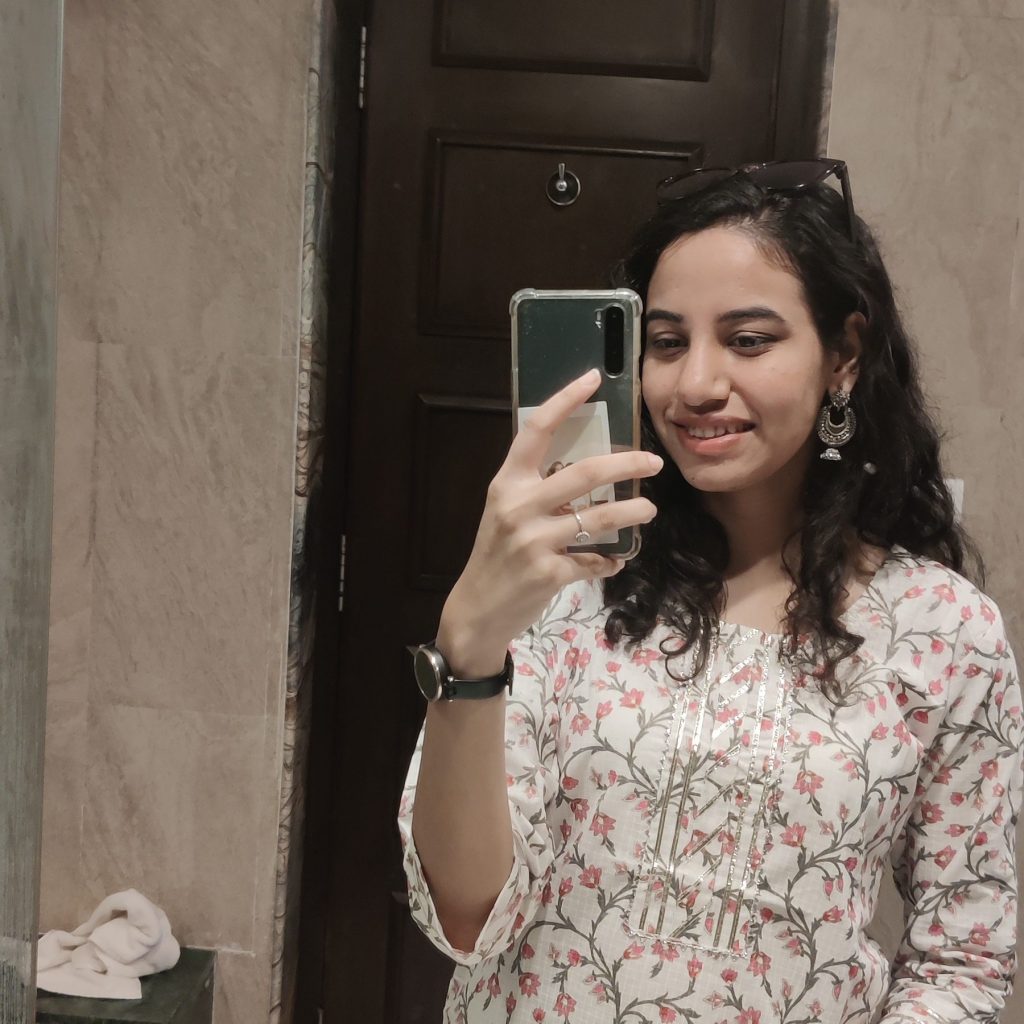In conversation with Francisco Laranjo, we spoke about the purpose of illustration as a practice and how it can be used to explore a critical enquiry. The discussion revolved around cultural contexts that I explored in my illustration of people and many other contexts that can be potentially considered.
“Why did you choose this medium?”
One of the major considerations that I had not explored thoroughly was medium. He asked me why I chose crayon or digital formats of illustration and my choices were made based on convenience and exploring new mediums I had not explored before like the crayons. The discussion about the choice of medium made me question what my choice of medium enabled and what it limited. He prompted me to further explore methods, techniques and also consider how other practitioners struggle with them. He said, “the choice of medium can dictate the circulation, feel, message of a certain illustration”
Joy reduced to a brand asset
Talking about my reference of corporate memphis, he proposed a new way to look at commodified, universalised illustrations and gave examples of the NYC skyline illustration that has been reused many times. We also discussed how ai has further created multiple ways to reproduce styles and add to this pile of visually similar happy people. This prompted me to look at brands that commercialise happiness like CocaCola and Apple. This further made me realise how brands often use the feeling of joy and turn it into unrealistic human scenes reducing them to “brand assets”. I explained how taking inspiration from Plains of Yonder, my project aimed to tell a more grounded story than a utopian one.
Looking at other practices
One example that really struck me was a designer describing how architects sometimes transform their plans and layouts into commercial prints. This made me think about other fields where raw, technical, or imperfect visuals are brought forward and celebrated as part of a design language. These visuals often hold a certain authenticity, because they reveal the process rather than just the polished outcome. It made me consider how technical details can uncover hidden truths and subtly affirm the reality behind a subject or system. For instance, an architectural blueprint reveals the bones of a building, just as a scientific diagram maps the unseen structures of a body or ecosystem. Even something as simple as a logo shown in outline edit mode exposes its construction and decisions details that are usually hidden from public view. These can also be classified as illustrations that reveal something deeper and more raw.
In conclusion, they acknowledged that my critique of fake-joy and the imagery surrounding it gave me a unique position in the discourse of branding and identity systems adopted by brands. The dialogue helped reinforce the relationship of human joy with aspirational brands and how much power lies in observation. I realised my project is not merely about observation and joy, it is about what it reveals about us as a society. I will further my inquiry to resist homogenization and false optimism in visual culture.
Questions : Does art lose or gain its value when reduced to “brand asset” ? How is optimism and joy acting as assets and what are the rules they need to abide by? Is there a way to explore these concepts by breaking all rules?

Leave a Reply